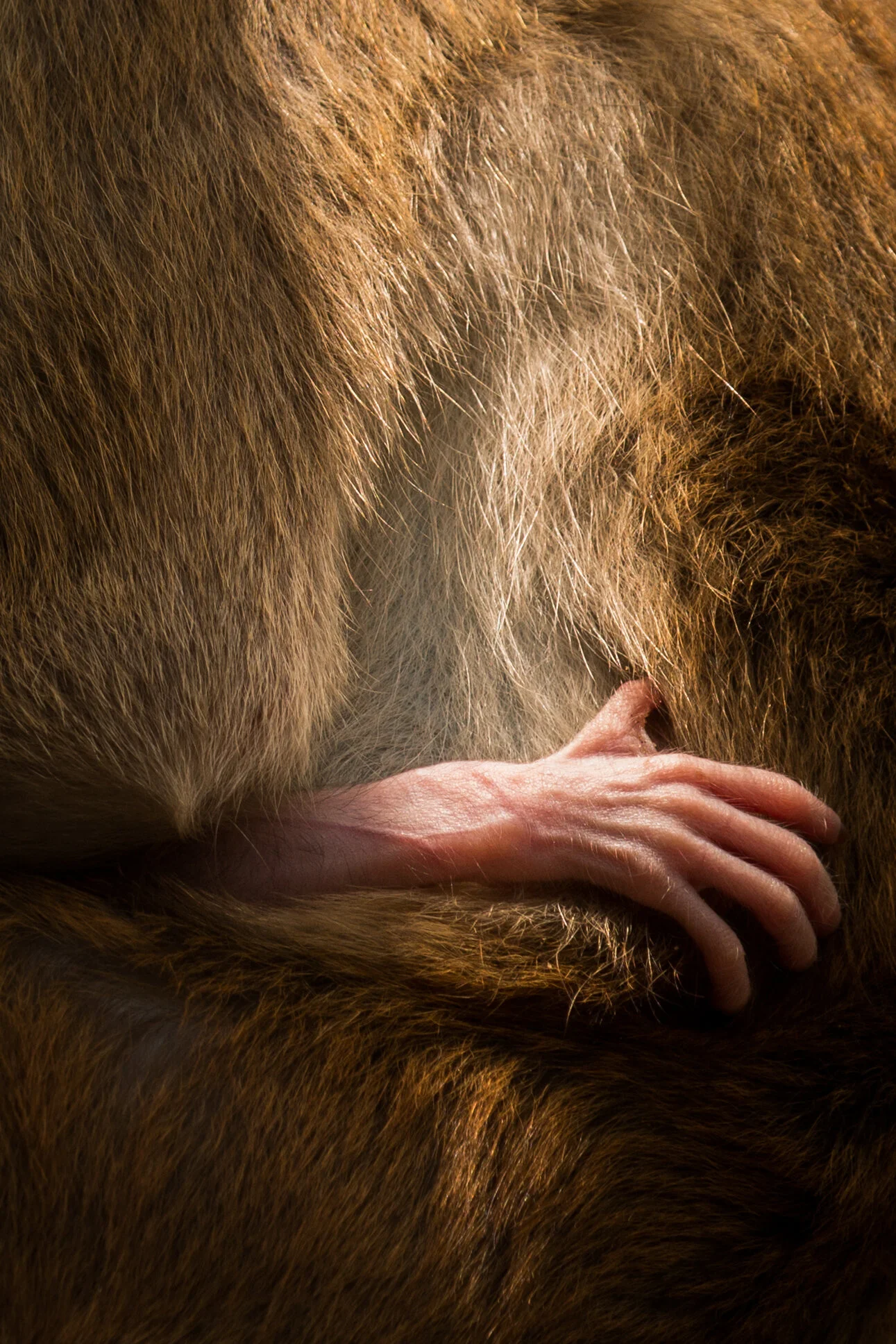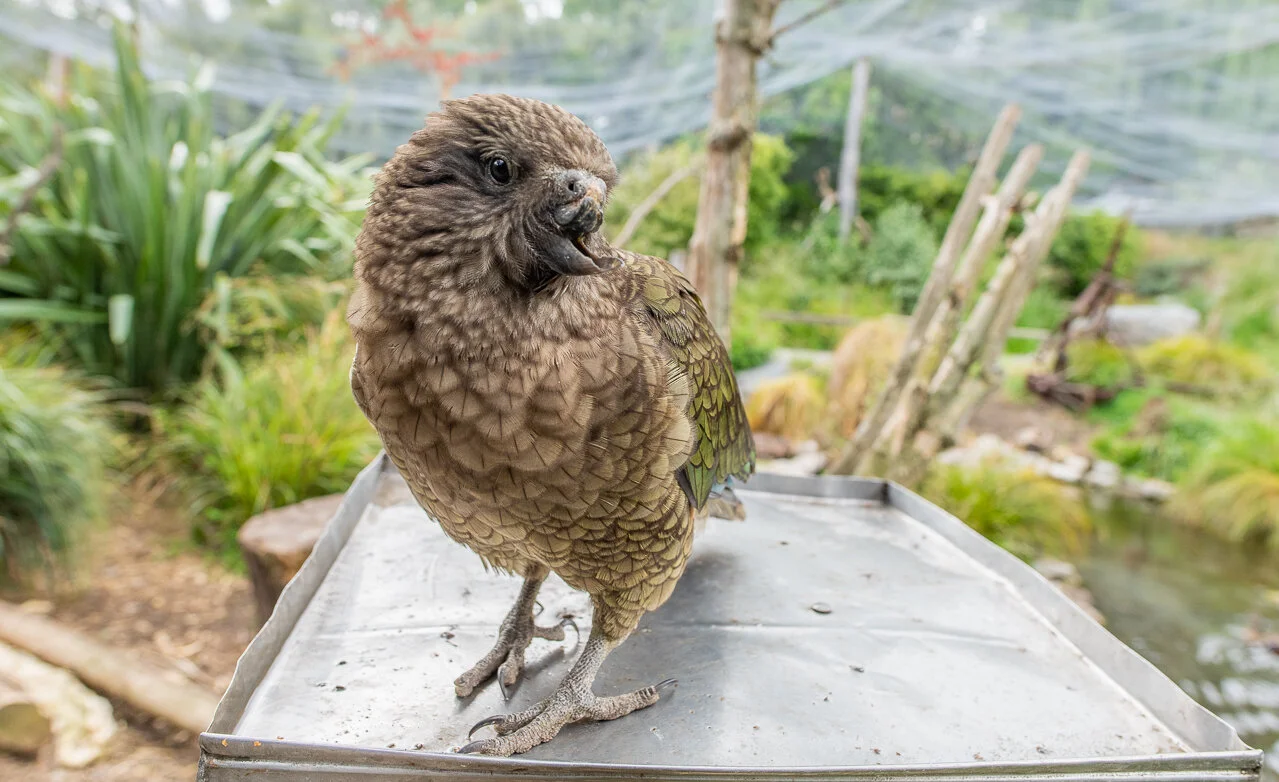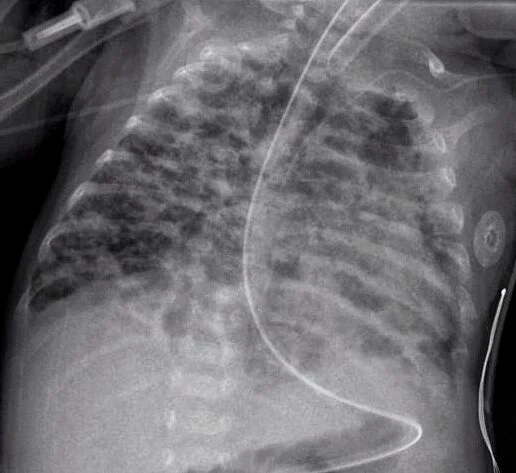

Genetics Research Across the National Institutes of Health
Human genetics and genomics research is foundational to the work done on human health across the National Institutes of Health (NIH). The wide-ranging impacts of ever-improving genomics knowledge and tools are increasingly noticeable in biomedical research, healthcare, and society.
See my latest factsheet for the American Society for Human Genetics: Human Genetics and Genomics Research Across the NIH.

Grief in Nonhuman Animals
According to a new study, some primate mothers appear to express grief over the death of an infant by carrying the corpse with them, sometimes for days or weeks. In the largest study of its kind, researchers from University College London compiled data from anecdotes reported in 126 scientific publications in order to quantitatively analyze infant corpse carrying behavior among primate species. The findings have implications for our understanding of how other animals experience emotion and even for the evolution of human practices around death and mourning.
Read more at my Animal Minds blog: Why Do Some Primate Mothers Carry Their Dead Infants?

This Disabled Parrot Invented a Way to Preen Himself
Bruce is a kea (Nestor notabilis), a species of alpine parrot native to New Zealand. He’s eight years old and lives at the Willowbank Wildlife Reserve in Christchurch. What sets him apart from the other kea in that aviary is his disability: Bruce lost his upper bill in an accident when he was young.
Remarkably, this does not stop him from looking his best. Bruce uses small pebbles to preen himself. In a recent paper, researchers described and quantified observations of Bruce and other non-disabled kea. They concluded that Bruce’s flexible, deliberate, and context-appropriate behavior represents an ingenious solution to his lack of bill, as well as reflecting his species’ knack for innovation and problem-solving.
Read more at my Animal Minds blog: This Disabled Parrot Invented a Way to Preen Himself.

Improving Survival for Premature Babies
In a new study, researchers analyzed the in-hospital outcomes for preterm infants with established bronchopulmonary dysplasia (BPD) referred to Nationwide Children’s Comprehensive Center for BPD. They found that despite the high degree of illness severity in these patients, nearly all of them survived to hospital discharge with improvement in comorbidities.
Read more: Specialized Treatment for Severe Bronchopulmonary Dysplasia Increases Survival.

Dung Beetles and Light Pollution
Dung beetles use the light from the Milky Way to keep rolling their balls of dung in a straight line. What happens when this star compass is degraded by light pollution from nearby cities? And what does it mean for other nocturnal animals that look to the sky to navigate?
Read my latest Animal Minds blog post: Light Pollution Leads Dung Beetles Astray.
